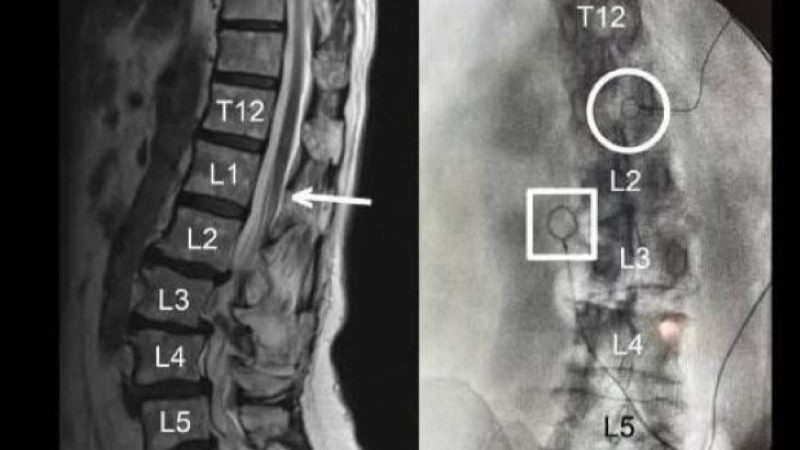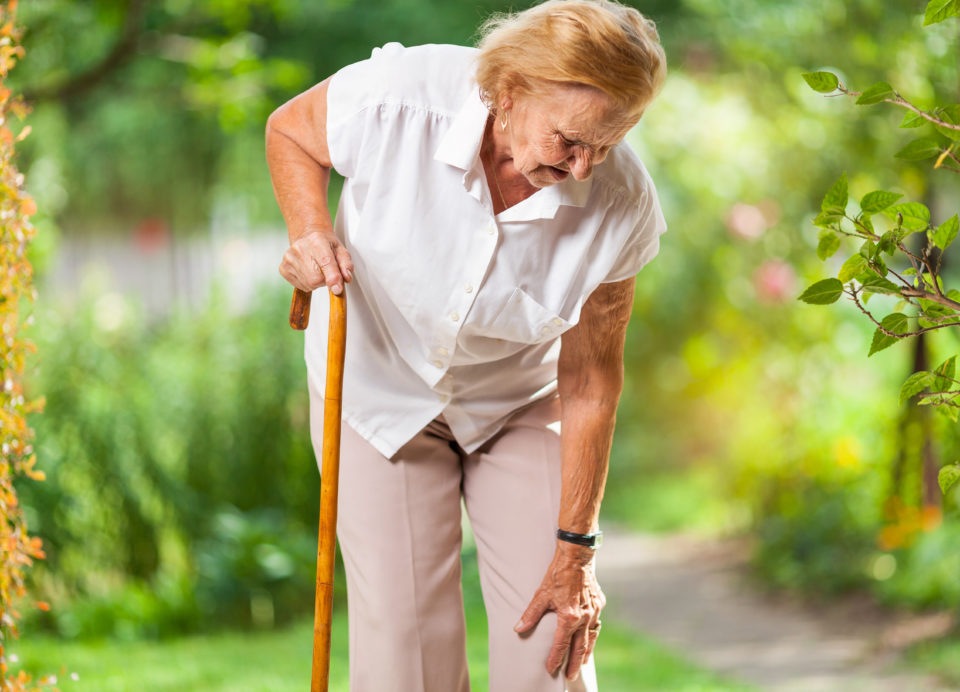
A new study observed that regular exercise may lower the risk of falls in adults aged 60 years and older.
The study was a systematic review of randomized controlled trials that assessed the correlation between exercise in any form and falls in community-dwelling adults.
An analysis of 59 studies encompassing 12,981 adults found that exercise was associated with a 23% reduced risk of fall rate (rate ratio [RaR]=0,77; 95% confidence interval [CI], 0.71-0.83; high-certainty evidence).
“Subgroup analyses showed no evidence of a difference in effect on falls on the basis of risk of falling as a trial inclusion criterion, participant age 75 years+ or group versus individual exercise but revealed a larger effect of exercise in trials where interventions were delivered by a health professional (usually a physiotherapist),” the researchers added.
Different exercise types affected fall rates differently. In an assessment of 7,920 participants, balance and functional ones, compared to control groups, were correlated with a 24% reduced risk of falls (RaR=0.76; 95% CI, 0.70-0.81; high-certainty evidence).
Lead study author Cathie Sherrington, a professor at the University of Australia, said it is important for older adults to regularly partake in exercise that challenges their balance—in a safe way.
“Frailer people should see a health professional for such exercise to be prescribed but fitter people can attend a local gym or community exercise class,” she told Reuters in an email. “The trick is to find an exercise regimen that you enjoy and will stick too as it fits with your other priorities and commitments.”
A combined regimen, which most commonly encompassed balance and functional exercise plus resistance training, is likely associated with a 34% reduced fall rate (RaR=0.66; 95% CI, 0.50-0.88; 1,374 participants; 11 studies; moderate-certainty evidence). In a review of seven studies encompassing 2,655 participants, the study authors concluded with low-certainty evidence that Tai Chi may be associated with a 19% reduced fall rate (RaR=0.81; 95% CI, 0.67-0.99). No clear associations were made between the effects of programs largely made up of resistance training, dance, or walking on fall rate.
Given the level of evidence supporting this strategy for fall risk reduction, the authors in their conclusion that exercise programs be implemented for adults to help lower their risk.







 © 2025 Mashup Media, LLC, a Formedics Property. All Rights Reserved.
© 2025 Mashup Media, LLC, a Formedics Property. All Rights Reserved.